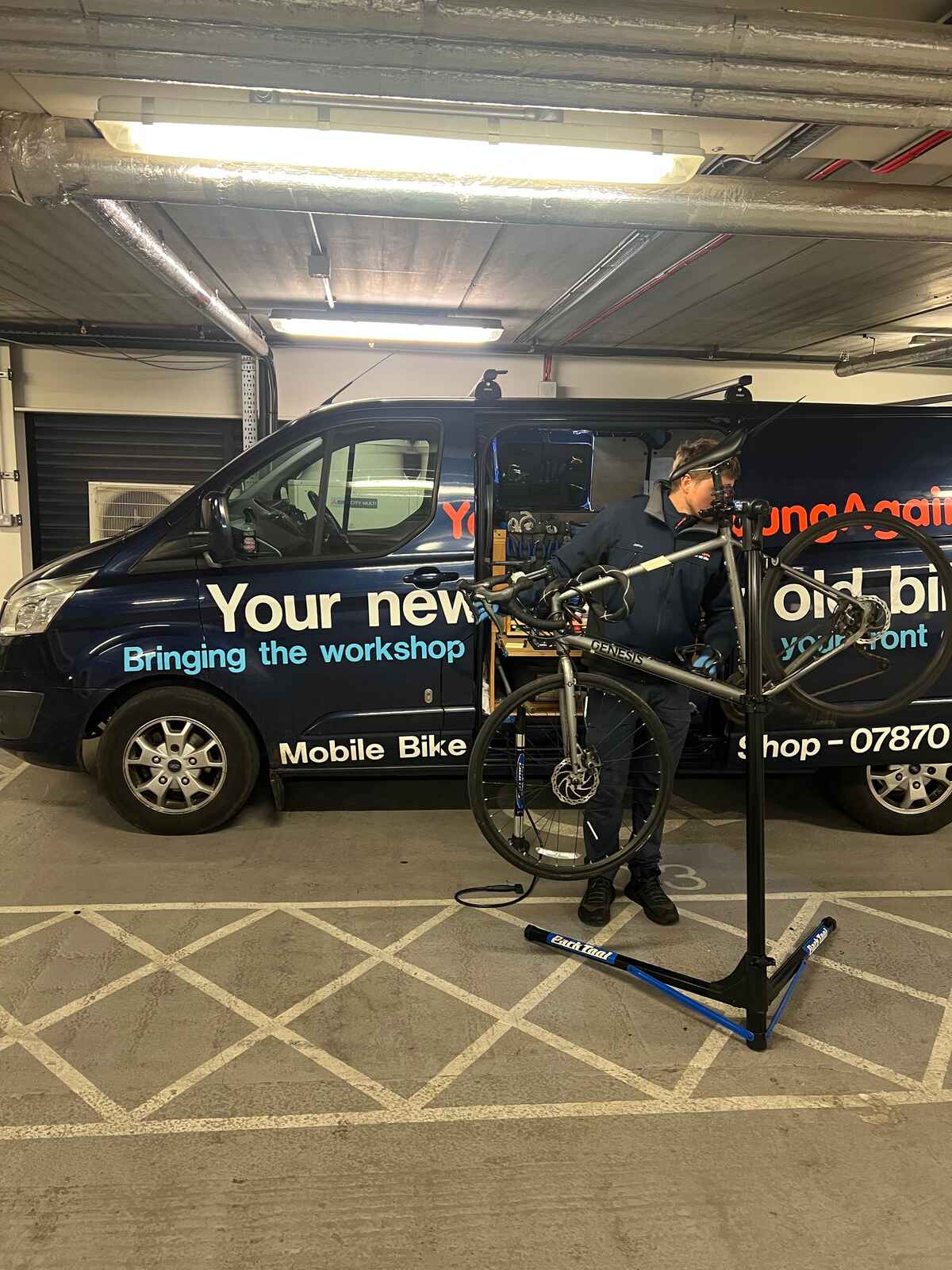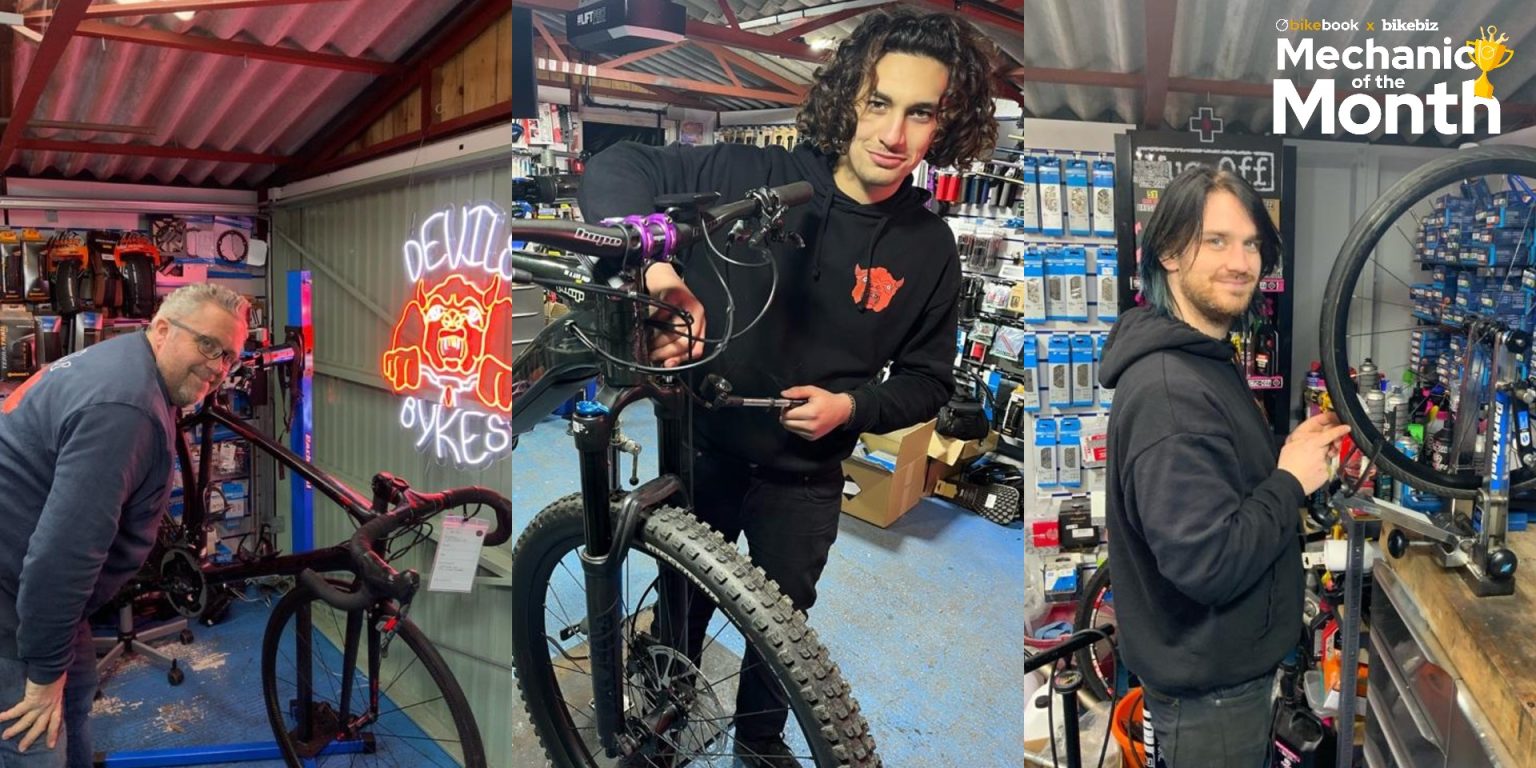January 1, 2026
•
3 minute read
Effective Tips for Locking Up Your Bike
Prevent Bike Theft with Effective Locking Techniques: Our Top Tips to Keep Your Bike Secure
Ryan Elson
Founder & CMO
Bicycle theft is a growing concern for cyclists everywhere, and with bike usage on the rise, it's more important than ever to know how to properly lock your bike to prevent theft. Here are 10 effective tips for locking up your bike:
- Use a high-quality lock: Invest in a sturdy, high-quality lock that's difficult to cut through. A U-lock or a heavy-duty chain lock is recommended. Avoid using cable locks, as they are easier to cut through.
- Secure your bike to a fixed object: Always lock your bike to a fixed object such as a bike rack, pole, or sturdy fence post. Avoid locking your bike to trees, signposts, or anything that can be easily broken or removed.
- Lock both wheels and the frame: Lock both wheels and the frame of your bike to the fixed object. If you have a quick-release wheel, remove it and lock it up with the rest of your bike.
- Position your lock properly: Position your lock so that it's difficult to maneuver bolt cutters or other tools. Make sure the lock is not hanging low to the ground where it can be easily cut or damaged.
- Lock up in a busy area: Lock your bike up in a well-lit and busy area where there are people around. This will deter thieves from attempting to steal your bike as they are less likely to go unnoticed.
- Lock up in a secure area: If possible, lock your bike up in a secure area such as a garage or bike locker. This provides an extra layer of protection and makes it more difficult for thieves to steal your bike.
- Remove any accessories: Remove any accessories such as lights, bags, or water bottles from your bike before locking it up. This makes it less appealing to thieves and reduces the risk of your accessories being stolen as well.
- Switch up your lock position: If you're locking your bike up in the same location regularly, switch up the position of your lock each time. This makes it more difficult for thieves to plan a theft.
- Register your bike: Register your bike with your local police department or bike registry program. This can help in the recovery of your bike if it is stolen.
- Insure your bike: Consider insuring your bike in case it is stolen. Many insurance companies offer bike insurance policies that cover theft and damage.
By following these 10 effective tips for locking up your bike, you can significantly reduce the risk of your bike being stolen. Remember, prevention is key when it comes to protecting your bike from theft.

In addition to proper locking techniques, it's important to regularly maintain your bike to prevent theft as well. A well-maintained bike is less likely to be targeted by thieves as it appears less abandoned or neglected.
Regular bike servicing is important to keep your bike in good condition and to prevent issues such as broken locks or chains. By getting your bike serviced regularly, you can ensure that it's in top shape and less vulnerable to theft.
When looking for bike servicing, make sure to choose a reputable bike shop with experienced mechanics who can provide quality service. Look for a bike shop that offers a range of services such as tune-ups, repairs, and maintenance.
In conclusion, protecting your bike from theft requires both proper locking techniques and regular bike maintenance. By following the 10 effective tips for locking up your bike and getting your bike serviced regularly, you can enjoy cycling with peace of mind knowing that your bike is secure.



